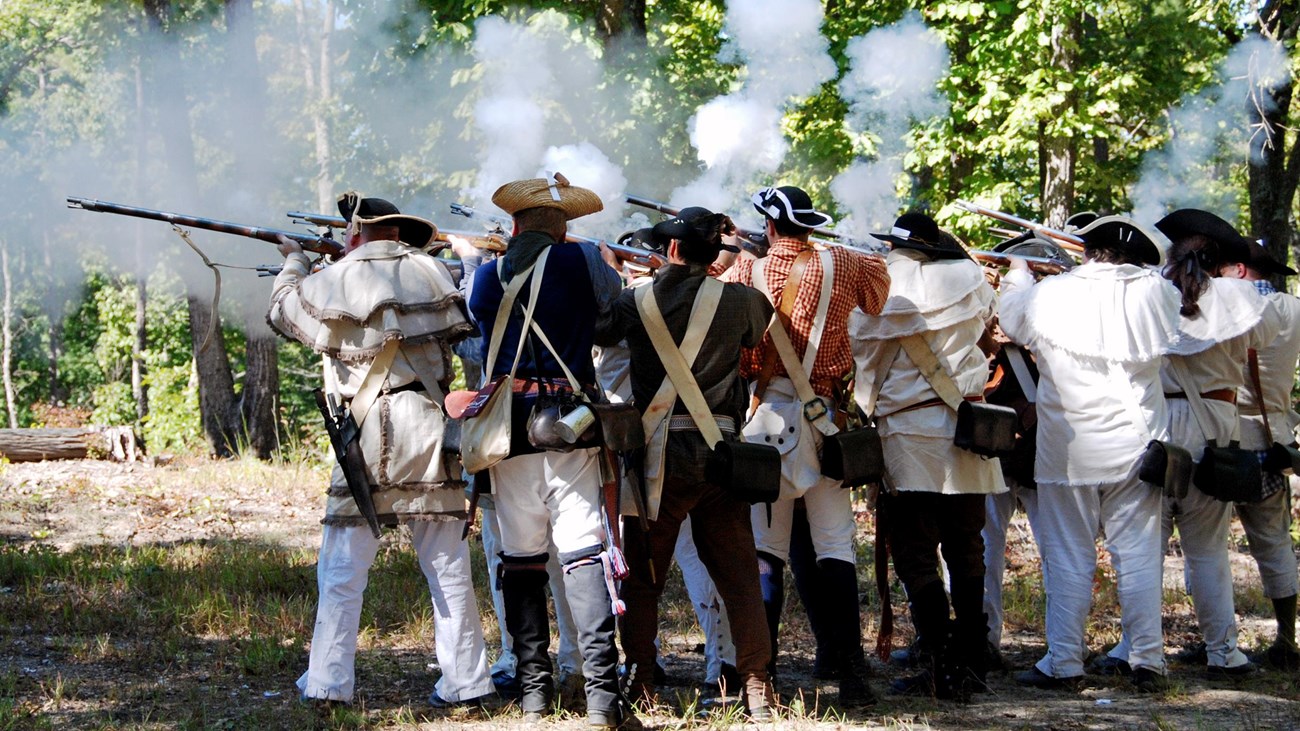York County, South Carolina, stands proud as a cradle of liberty, having played a significant role in the American Revolution. This fertile region, characterized by its resilient people and strategic location, bore witness to key events and influential figures that contributed to the fight for independence from British rule.
As early as the 1760s, discontent against British policies began to grow among York County’s residents. The passage of the Stamp Act in 1765, followed by the Townsend Acts and other oppressive measures, ignited the flames of resistance throughout the colonies.
Local leaders like William Hill, Andrew Neel, and Thomas Neel emerged as prominent voices advocating for the rights and liberties of the colonists. They organized town meetings and committees to discuss strategies for opposing British oppression and asserting colonial rights.
One of the earliest military engagements in the Southern theater of the American Revolution occurred in York County on July 12, 1780, during the Waxhaw Campaign. The Battle of Huck’s Defeat saw a small band of Patriot militia, led by Colonel William Bratton, ambushing and defeating a larger force of British Loyalists under the command of Captain Christian Huck.
The Battle of Huck’s Defeat took place near present-day Rock Hill, South Carolina, at the plantation of a local patriot, Colonel William Bratton. The name “Huck’s Defeat” came from Captain Christian Huck, a loyalist lawyer in Philadelphia who had joined the British Army. Huck was renowned for his harsh treatment of the patriot Whigs, which sparked a strong resentment among the local populace.
In the summer of 1780, Huck was tasked with crushing the local patriot militias in the South Carolina backcountry. He established his camp on the plantation of William Bratton’s neighbor, hoping to capture Colonel Bratton himself, who had previously been away from home fighting with the Patriot forces.
On the morning of July 12, a force of about 250 patriots, composed primarily of local militiamen, attacked Huck’s camp by surprise. The patriots were led by Colonel William Bratton and Major Richard Winn. On the other side, Captain Huck commanded a force of approximately 120 men, consisting of both loyalist militia and British regulars.
Despite being outnumbered, the British and loyalist forces were taken by surprise and lacked the cohesion of the patriot forces, many of whom had fought together in previous engagements. This lack of preparedness, combined with the patriots’ knowledge of the terrain and the element of surprise, led to a decisive victory for the patriot forces.
Captain Huck was among those killed in the battle, and his forces were routed. The casualties of the battle were heavily one-sided, with the loyalist forces suffering significantly more losses than the patriots.
Although the Battle of Huck’s Defeat was a relatively small engagement in terms of the number of troops involved, its impact was far-reaching. The victory at Williamson’s Plantation bolstered the morale of the patriot forces in the South and provided a much-needed boost to their cause. The defeat of Captain Huck, notorious for his cruelty, served as a significant blow to loyalist sentiment in the region.
Moreover, this battle demonstrated the effectiveness of the irregular militia against the British forces, significantly contributing to the adoption of the guerrilla warfare tactics that played a pivotal role in the Southern Campaign of the American Revolution.
The Battle of Huck’s Defeat not only set the stage for larger victories for the patriot forces in the Southern theater, such as the Battle of Kings Mountain and the Battle of Cowpens, but also significantly bolstered the morale of the Patriot cause, inspiring further resistance throughout the region. These strategic victories played a crucial role in the ultimate American triumph in the Revolutionary War. The decisive leadership of Colonel Bratton during the battle solidified his legacy as a respected military figure. To this day, his home, known as Brattonsville, remains a potent symbol of the county’s revolutionary heritage.
One of the most significant events in York County’s involvement in the American Revolution was the Battle of Kings Mountain, fought on October 7, 1780, just a short distance from the county’s border.
The conflict took place near the border of North and South Carolina and marked a significant turning point in the war’s southern campaign. Known for its unusual circumstances, where American Patriots battled American Loyalists with virtually no British regular soldiers involved, the battle showcased the profound divisions within the American colonies during the Revolutionary War.
In the summer of 1780, the British forces had seized control of Georgia and South Carolina. They sought to recruit Loyalist militia to suppress Patriot activity and consolidate their control. Major Patrick Ferguson, a skilled British officer, was entrusted with this task. He successfully recruited and trained a sizable force of American Loyalists.
Ferguson’s tactics were aggressive. He threatened to cross the Appalachian Mountains and lay waste to the settlements there if the Overmountain Men – the frontier militiamen of the region – didn’t cease their opposition to the Crown. This threat galvanized local Patriots, who rallied to counter Ferguson’s force.
The Patriot militia force that gathered to face Ferguson comprised rough frontiersmen from Virginia, North Carolina, South Carolina, and Tennessee. Despite their disparate origins, they were united by their cause. The Patriots’ leaders, including Colonel William Campbell, Colonel Isaac Shelby, and Colonel John Sevier, commanded a force nearly 1,000 strong.
On October 7, 1780, the Patriots found Ferguson’s force positioned on Kings Mountain. The Loyalists, numbering about 1,100 men, held a strong position atop the ridge. However, the Patriots leveraged their superior knowledge of frontier fighting and surrounded the mountain, trapping Ferguson and his men.
The fighting was fierce, bloody, and close-quarters. Despite their superior position, the Loyalists’ conventional tactics were ill-suited against the Patriots’ irregular warfare style. The Patriots relentlessly assaulted the ridge, pushing the Loyalists back. After an hour of combat, Ferguson was killed, causing a breakdown in the Loyalist command structure. Soon after, the Loyalists surrendered.
The Battle of Kings Mountain was a severe blow to the British strategy in the Southern colonies. The loss of Ferguson and his Loyalist force hampered British efforts to enlist southern Loyalists. It marked a shift in momentum in the southern theater in favor of the Patriots and was a precursor to their victory at the Battle of Cowpens just a few months later.
Throughout the American Revolution, the residents of York County exhibited unwavering commitment and sacrifice in the pursuit of freedom. The county’s militia joined the Continental Army and fought in various engagements across the colonies, including the pivotal Battle of Camden in 1780.
Today, York County proudly honors its revolutionary heritage. Historical markers, museums, and sites like Kings Mountain National Military Park and Brattonsville preserve the memory of these crucial events. Reenactments, celebrations, and educational programs continue to commemorate the county’s role in shaping the nation’s history.
Both Historic Brattonsville and Kings Mountain National Military Park are a short drive from Tega Cay.
You can learn more at:
Kings Mountain National Military Park – https://www.nps.gov/kimo/index.htm
Historic Brattonsville https://chmuseums.org/brattonsville/


Sign up for our Sunday Spectator. Delivered to your inbox every Sunday, with all the news from the week.
















